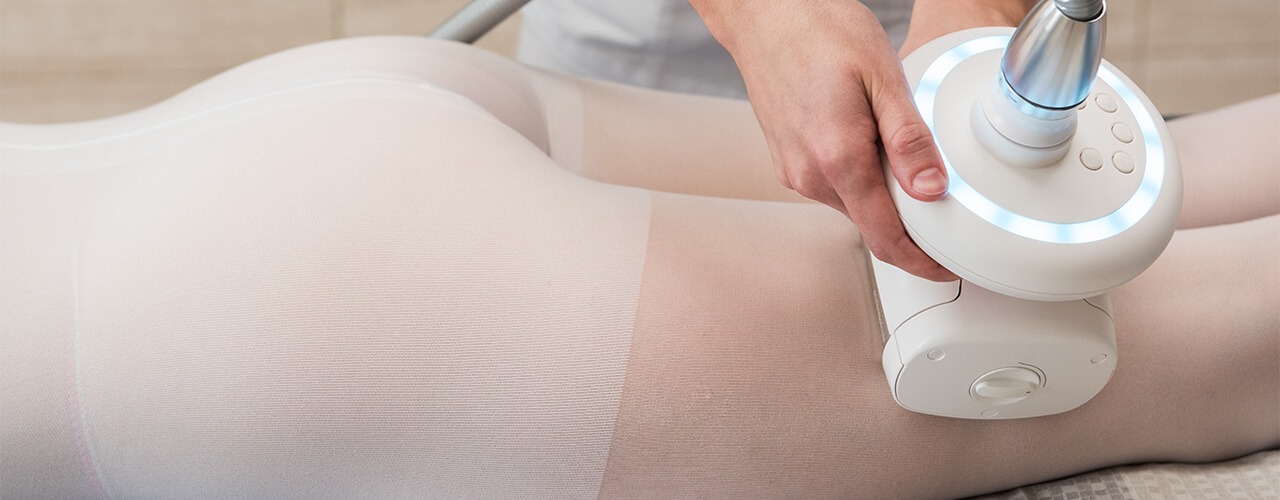
WEIGHT: 67 kg
Bust: 3
One HOUR:130$
Overnight: +90$
Services: Strap On, Mistress, Uniforms, Photo / Video rec, Striptease pro

Skip to main content. Current Issue. Past Issues. Online First. For Authors. Submit an Article. Corresponding author: Dr TW Chiu torchiu surgery. Lymphoedema is a chronic, progressive condition. There is no cure but it is most easily managed with early recognition and therapy; those who do not have treatment tend to worsen rapidly and advanced disease is more difficult to treat than early disease.
Surgery for lymphoedema is often regarded as a last resort but traditional excisional techniques that have been slightly modified for modern practice have shown good results, whilst newer microsurgical reconstruction techniques show promise although long-term results are lacking. This report provides an update on the therapy of lymphoedema. Lymphoedema is characterised by an imbalance of lymphatic flow leading to accumulation of protein-rich fluid in the interstitium of subcutaneous tissues.

The consequent swelling may cause cosmetic and functional impairment, with significant physical and psychological morbidity. There is progressive damage to the lymphatics with inflammation, fibrosis and more swelling, eventually leading to elephantiasis. Recurrent infection is a common complication whilst lymphangiosarcomas are rare, occurring in 0. The traditional subdivision of primary lymphoedema according to the time of onset has little clinical significance.
There is confusion in the literature regarding the terms used, particularly, the various eponymous syndromes that have been described; most cases of primary lymphoedema are not associated with specific syndromes. Lymphatic vessels tend to be hyperplastic. It is important to appreciate that primary lymphoedema is a heterogeneous group with many subtypes occurring due to many different causes which are generally poorly understood.

Patients lack distal lymphatics hypoplasia and often have a strong family history, some demonstrating autosomal dominant inheritance with different mutations in FOXC2 gene on chromosome Worldwide, the commonest cause of secondary lymphoedema is filariasis, caused by infection with Wuchereria bancrofti. Although the exact mechanism of the response of lymphatic channels to trauma is unknown, in general, the more extensive the surgery the greater is the damage.

































